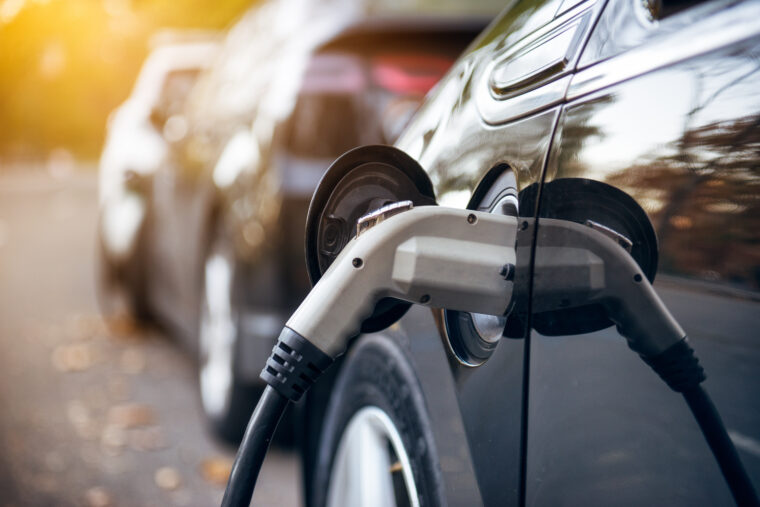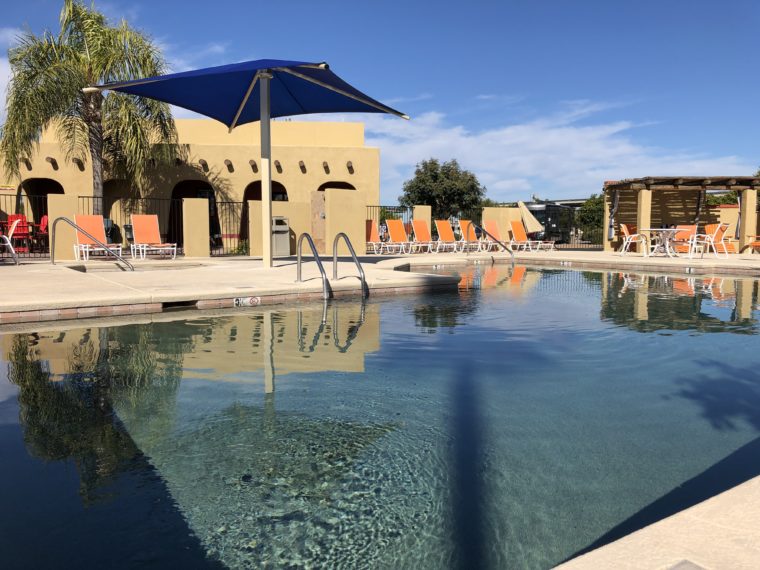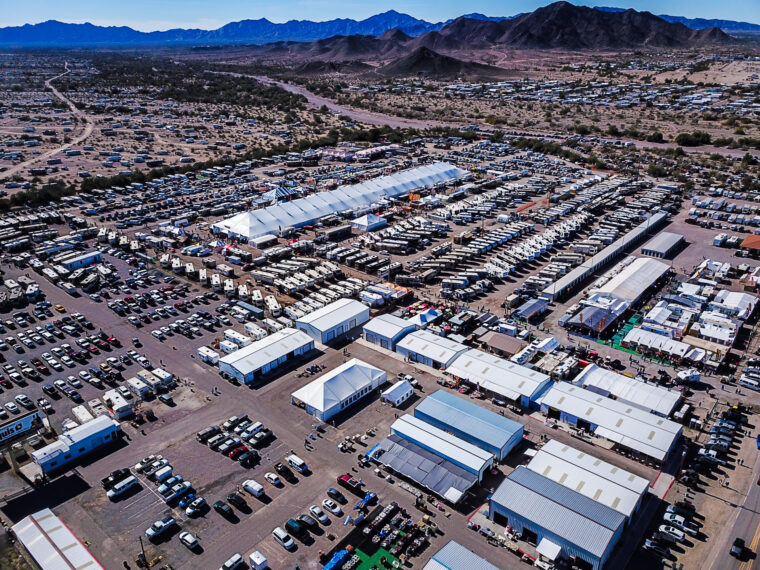After the media coverage stops and social media posts end, the work continues to repair and heal our public lands from devastating wildfires.
That’s where Sequoia and Kings Canyon National Parks are today. The latest major fire is still only considered 70 percent contained as crews continue to monitor the situation. More than 88,000 acres were in the path of this year’s KNP Complex fire, most of which is on the Sequoia National Park side, but Kings Canyon is also damaged. Officials with the park continue to work to bring services back to the public.
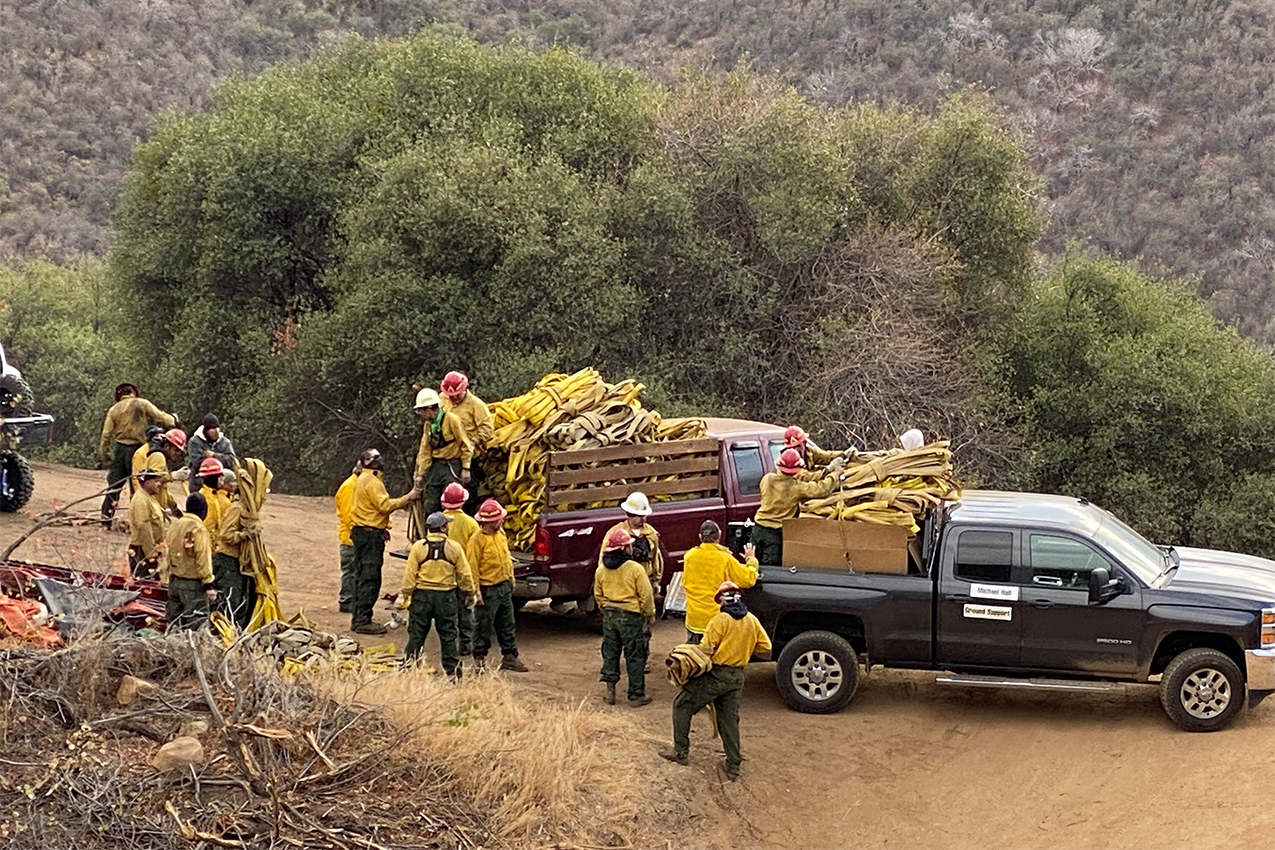
Photo courtesy of the U.S. National Park Service
“We just received our burn report, so now that we have that information, we can figure out what we need to address immediately … before it’s safe to welcome the public back in,” says Sintia Kawasaki-Yee, the public affairs officer for Sequoia and Kings Canyon National Parks. “Based on that report, we feel that in the next couple of weeks we’ll at least be able to open some of the lower elevation areas of Sequoia National Park.” As of November 11, 2021, the Foothills Visitor Center, Tunnel Rock, and some trails near the main entrance are open.
Sequoia and Kings Canyon are unique for multiple reasons, including how the two California parks sit next to one another. Sequoia is best known for its namesake giant trees, while Kings Canyon offers sweeping mountain views.
Recently, a handful of campgrounds in the Kings Canyon area reopened, but much of Sequoia remains closed. Park officials are working to update the website’s information page while also preparing for regular winter closures. Crews worked to save the General Sherman Tree, but the landmark still remains closed.
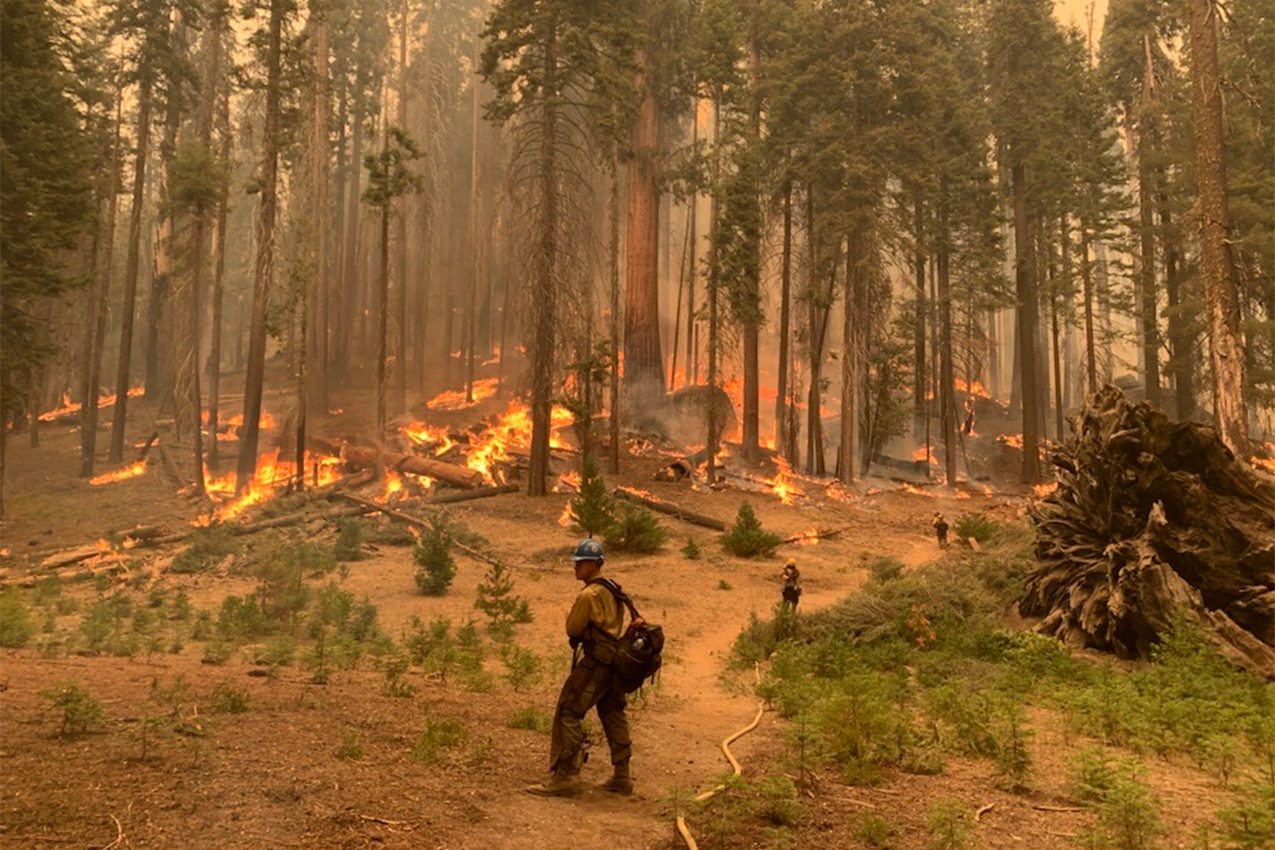
Photo courtesy of the U.S. National Park Service / Thomas Chavez
The images of this year’s fires may seem familiar as this is the second consecutive year of a massive fire in this area of California. In 2020, while park officials navigated an increase in crowds due to the effects of the COVID-19 pandemic, the Sequoia Complex fire burned nearly 175,000 acres of Sequoia National Park and the surrounding national forest. Both fires presented challenges.
“It’s definitely been an impact to both our employees and also to visitors,” says Kawasaki-Yee. “Now the second year with park closures, I think this year was much more impactful because the fire started on the Sequoia National Park side, and it burned largely within our jurisdiction versus last year on the U.S. Forest Service side in a more remote location.”
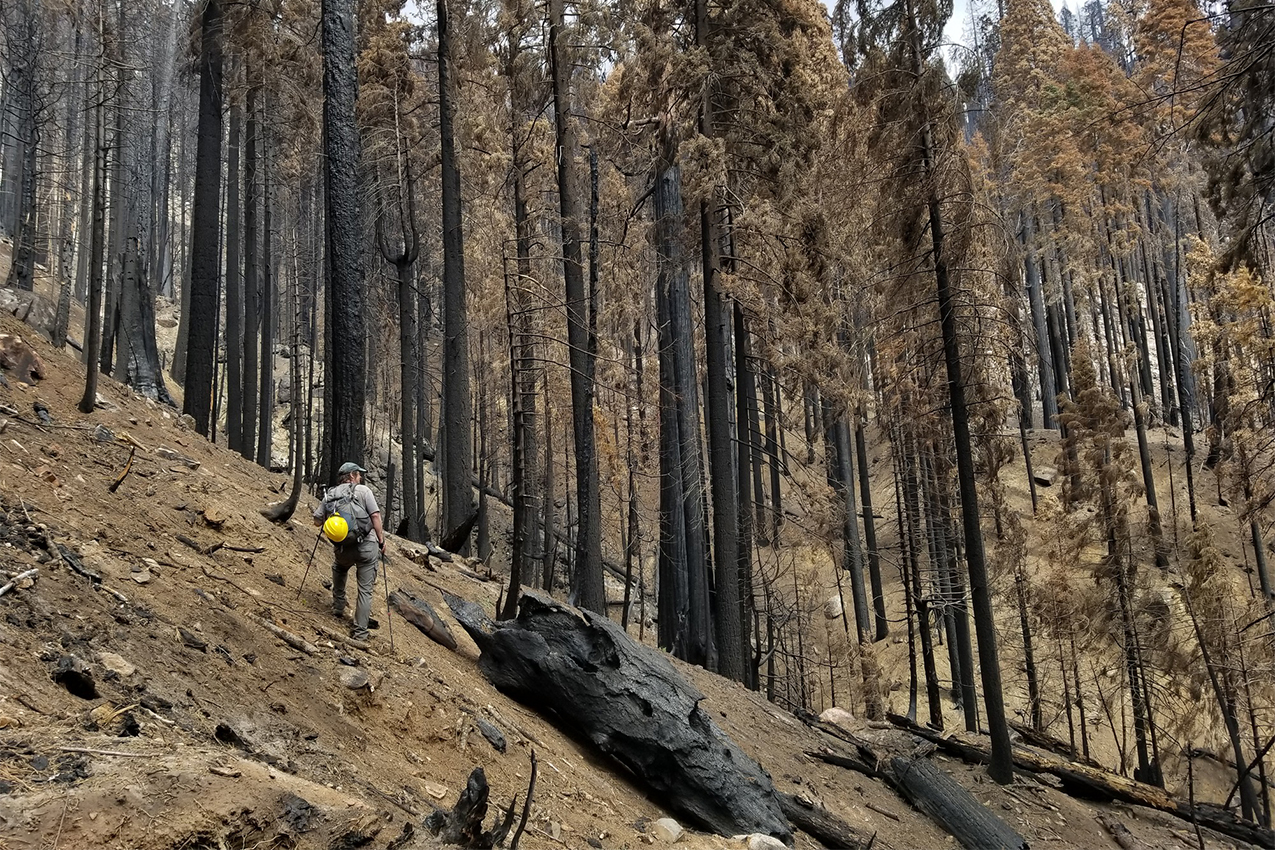
Photo courtesy of the U.S. National Park Service / Anthony Caprio
Officials say they need to contend with thousands of burned trees that are now fall hazards, as well as stabilize slopes from erosion and landslides due to dead trees no longer holding the ground together.
Park rangers are asking the public to be patient with reopenings and to stay informed by visiting the parks’ website for the most recent closures and restrictions. Visitors should follow posted guidelines to keep everyone safe.

Photo courtesy of the U.S. National Park Service
While the fires have been devastating, nature has a way to heal itself, and that process is already underway. “The park is going to be a lot different for people who’ve been coming every single year. I think it’ll be a bit of a shock to see what it looks like post-fire, but it’ll also be exciting next year to see what recovery looks like and how nature bounces back,” says Kawasaki-Yee. “We’re going to remain hopeful that things come back.”

